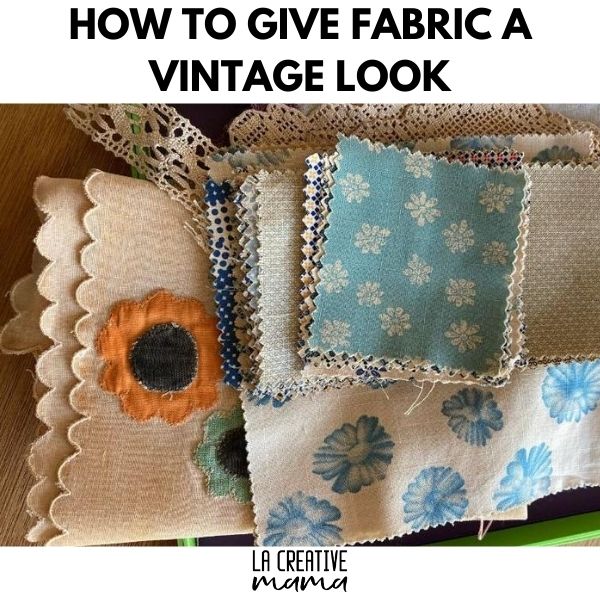All 4 Way Stretch Fabrics Fundamentals Explained
All 4 Way Stretch Fabrics Fundamentals Explained
Blog Article
All 4 Way Stretch Fabrics for Dummies
Table of ContentsAbout All 4 Way Stretch FabricsThe All 4 Way Stretch Fabrics DiariesAll 4 Way Stretch Fabrics - An OverviewNot known Details About All 4 Way Stretch Fabrics About All 4 Way Stretch FabricsGetting My All 4 Way Stretch Fabrics To WorkThe Best Strategy To Use For All 4 Way Stretch Fabrics
As I likewise desire UV protection from my garments when I go out, I would certainly select a largely woven cotton fabric. Even the underwear is much better in cotton (No spandex bands anywhere near the skin). Have a look at the finest fabrics ideal for making summer garments. One even more factor to consider when getting the material is the method it will after washing.A safe bet would certainly be to purchase at least 10% additional textile. If you can purchase preshrunk material, this is the ideal.

If you are matching the shade, like picking the lining for the main material or picking material to add as trim, this is specifically important. The material display rooms will normally have a light well where you can see the textile in sunlight (or a window with great light from outdoors).
Fascination About All 4 Way Stretch Fabrics

A lot of textiles are regarding 44 wide. When you most likely to acquire fabric, quote how a lot you want first and after that go to the store. Inspect out this post to know the solution to this regularly listened to inquiry "Just how much fabric do I need". With a fat quarter, you will get an 18 large by 22 long.
These are available in the shops I constant as cut pieces they are mainly prized reduced and a few of them, when they are last off the bolt, treasured extremely reduced. You will certainly have to ask the salespersons for pieces like that. Some fantastic bargains can be had in this manner. In dressmaking, we acquire material by the yard/meter.
All 4 Way Stretch Fabrics Fundamentals Explained
In a quarter of a yard, you obtain a 9 by 44 strip of material, which is concerning 22 centimeters in length. According to the size of textiles, they might be called single-width and double-width.
You can find out even more about backyard to meter conversion right here. Look into this article on reading a tape action Select textiles that are not as well tough or stiff, or you wouldn't be comfortable in them. Linen, Jeans, flannel, For colder environments, select wool (100% as well as woollen blends) wool tweeds, woollen crepe; it generally relies on what trousers you are chatting regarding Tailored trousers, Unstructured Pant, Combined, Jeans.
All cotton materials are good for kids. Knit materials are also fantastic for youngsters you can go for woollen knits.
Facts About All 4 Way Stretch Fabrics Uncovered
Inspect out this article on the best material for clothing for infants and youngsters for even more information on this topic. Light-weight cotton is my favored to sew skirts. Cotton lawn fabric in beautiful prints is terrific. Silk jacket is a great textile for sewing skirts, as is Ponte Roma weaved material.
Drapey rayons, soft wool, lycra blends, and stretch velvets are all appropriate for sewing skirts. Clicking Here Wool (Woollen crepe has a fantastic drape and offers adequate structure for coats; woollen tweeds are excellent as well), Bed linen & Flannel. Raw silk, satin, taffeta, velvet, Shoelace, silk chiffon, and Organza are all great for making dresses.
You can buy medium-weight textiles with some spandex/elastane added for a fitting bodycon-type outfit. For drapey dresses, you can pick light-weight fabrics. Crepe, challis, and charmeuse are all drapey textiles matched for this style.
Light-weight cotton textile, Cambric, Chintz, Twill, Faille, Seersucker, Poplin, lightweight woven broadcloth, batiste, linen, eyelet are good for making t-shirts and shirts. I enjoy chiffon blouses. Silky satin textile benefits making airy tops. Take a look at the message on the 7 best fabrics for making t shirts. Making serapes and headscarfs require various considerations for the textile check out this message on the materials for making scarves When purchasing formed material (the majority of the patterned fabric comes with a width of 45 or 54 inches), there will be pattern repeat in these fabrics, and this ought to be considered when cutting fabric as well as getting them i.e., if you want to match the patterns at the joints.
All 4 Way Stretch Fabrics Can Be Fun For Anyone
This message has the names of all the checkered patterns and this, stripe patterns. The themes will be dispersed in a planned fashion on the textile. You may see occasionally If the print is not placed on the fabric correctly, it can not be matched or lined up when constructed without distorting the fabric and the hang of the garment.


The textile weight is dependent on many elements like the weave, fiber type, etc and is generally denoted by GSM. GSM can vary from 60 -700; 700 being the GSM of really high-grade woolen textile.
One point you have to maintain in mind is that higher material weight does not denote higher fabric top quality. You can not select high textile weight material jeans for a light-weight drifting serape.
In a nutshell, the most important requirements to look for in the fabric you acquire are as adheres to (https://us.enrollbusiness.com/BusinessProfile/6854470/ALL%204%20WAY%20STRETCH%20FABRICS). The number of threads per inch of material (yarns-per-inch).
Not known Incorrect Statements About All 4 Way Stretch Fabrics
This is really crucial in any type of fabric. In top quality textile, this balance (either in numbers or in size) will certainly always be maintained. Procedures utilized on material to enhance appearance and performance. The fibers that are woven to make the textile will certainly either be as a single strand or will certainly be formed by integrating two threads (twisted).
A two-ply thread is superior to a single-ply thread.
If you are getting prepared to begin a new stitching project, choosing a fabric will be one of the most crucial step as soon as you determine what you intend to make. After you've mosted likely to all the trouble and expenditure of purchasing the sewing device you enjoy, a pattern you love, and a material you enjoy, you want the finished product to be a success, right? One method to complete that is to begin by making certain your textile is absolutely appropriate for the task.
The Ultimate Guide To All 4 Way Stretch Fabrics
If you're making a patchwork, you'll automatically desire to utilize quilter's weight cotton for best results. But what happens if you intend to make a product of apparel? How do you recognize which textile will provide you the finest result? Selecting a fabric merely due to the fact that you love the print or design on it isn't always the most effective approach.
In order to stay clear of doing a whole project for practically absolutely nothing, we have actually compiled some tips to help you decide which material is appropriate for your task. Allow's claim you already have a project in mind; how do you find the best textile for it?
Assume of the attributes you desire the finished item to have. If apparel, will it be fitted or loose? Dressy or day-to-day? For warm weather or cold? Do you desire a strong shade or a print? If you are making a non-wearable item such as a pillow cover or pot holder, utilize a sturdy material such as canvas.
There is a lot details out there about textiles, their characteristics, and their usages, it could obtain to be overwhelming! So don't try to take it in all simultaneously; simply begin with the project available. Learn all you can about the textile you make use of for this one job.
Report this page